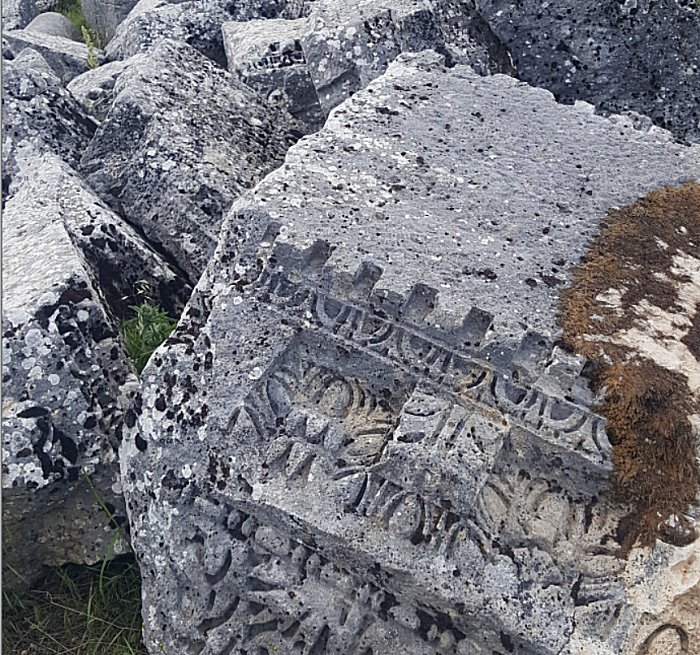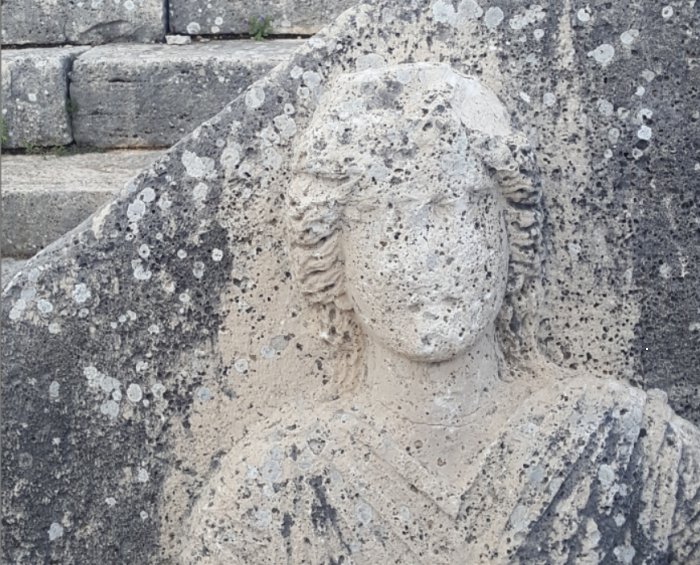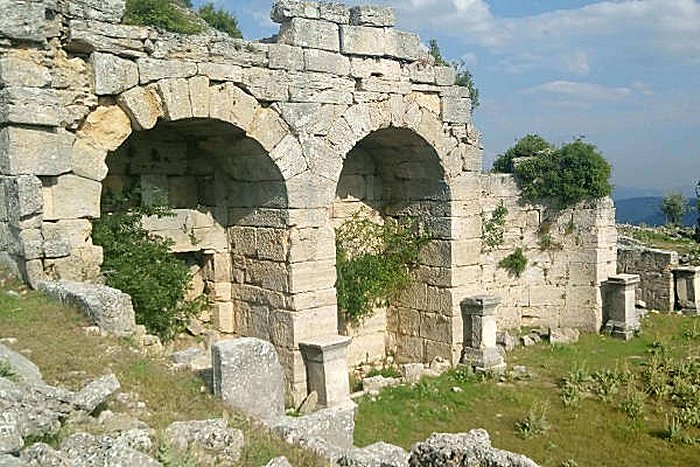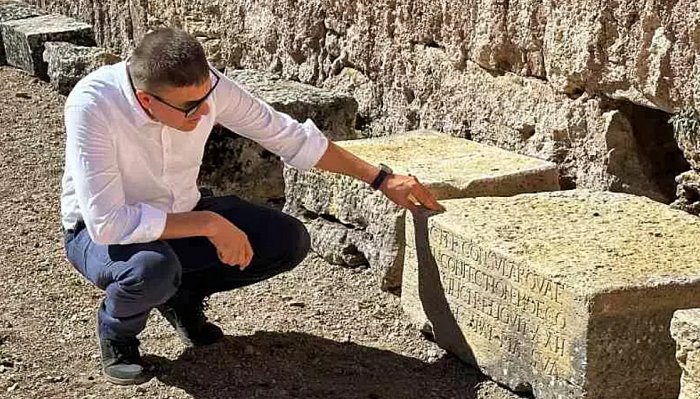Conny Waters – AncientPages.com – For two years, archaeologists have been excavating Kremna, an ancient city located in the province of Burdur (Taurus mountains)a city located on the shore of Lake Burdur, in southwestern Turkey.

Cremna, Pisidia in Burdur, Turkey. Image credit: Basak – CC BY-SA 4.0
Kremna was once an important settlement and had a favorable strategic location. with th remains of an impressive fortress. Situated at an elevation of 1100 meters, the northern, southern and eastern parts of the city of Kremna are surrounded by inaccessible cliffs. Also the city’s fortifications had no doubt made it many times difficult to enter.
According to Strabo, the king of Galat, who ruled between 39 and 25 BC, was under the rule of Pisidia, however, Kremna was an invulnerable city, and during the Roman period the city flourished. Emperor Augustus was aware of Kremna’s strategic position and in 25 BC, he made Kremna one of the five colonial cities in Pisidia. After this period, the city has become quite rich and has gained magnificent public structures.
The city had onc two theatres, an impressisve agora, houses, churches colonnade streets, and several Pagan temples, The ancient city attracts attention particularly with its technical features.

Cremna, Pisidia in Burdur, Turkey. Image credit: Basak – CC BY-SA 4.0
It is a city located in a very high area, resembling an eagle’s nest surrounded by cliffs. It shows that it is one of the very rich and monumental cities of the region with its forum structure, basilica complex, bath structure, 230-meter-long Corinthian-style columned street and two theaters.
The ancient city of Kremna is ruined today.
“Excavations are slowly making Kremna a point of attraction in the region,” says the head of the excavations, Burdur Mehmet Akif Ersoy University Professor Ayça Polat Becks.
Kremna, one of the most important cities of ancient Pisidia, is surrounded by steep cliffs rising towards the sky and still holds mysteries waiting to be discovered today. It is believed that the city, served as a settlement from the Hellenistic to the Roman Empire era.
“We started excavations in Kremna two years ago. Our team includes more than 30 scientists and 10 workers. Kremna is an important ancient city located in the region we call Pisidia in ancient times. It has an area of approximately 46 hectares. It is one of the settlements of Hellenistic origin in the region. But it gained its real importance during the Roman Empire.

Ruins of a bath house in Cremna. Image source
This place hosts many public buildings. It was one of the colonial cities in the region in the Roman era. At that time, it became one of the rich and monumental cities of the region Kremna continued to grow during the late antiquity.
Because we see that there is a strong Christian impact here. There are about ten churches we have determined so far in the city. We see in our studies that the city was gradually abandoned after the Byzantine period. Excavations in the coming years may cause changes in the chronology of the city. Maybe the city may have been inhabited much earlier than we think,” Becks said, as cited by Hurriyet Daily News.
Professor Becks also explained said, how the archaeological works will proceed at the ancient site of the ancient city of Kremna.
“This year, we started to dispose of the waste soil in front of the bath structure. We plan to continue excavations in both the bath structure and the columned street next year.

Ruins of the ancient city of Cremna, Image source
“Apart from this, our documentation work in other fields, such as geophysics, measurement, drawing, survey work, etc. will continue simultaneously. We aim to document as much as possible and obtain the highest level of information about the city within a short time.”
Becks also said that the ancient city of Kremna could be inscribed on the UNESCO Cultural Heritage List in the coming years.
“Excavations have just begun, but it is an important ancient city. It is one of the five Roman colonial cities in the Pisidia region and is a city where monumental structures can be easily read on the surface due to their preservation. In the coming years, we will have plans to prepare a file to be a candidate for the UNESCO list.”
Speaking of the security measures in the ancient city, Becks said, “With the start of excavations, security measures in the ancient city have been increased. Bucak District Gendarmerie Command supports us in this regard.
See also: More Archaeology News
Together with the Burdur Museum and local forces, they help us with security with the cameras installed in the region and with the drones.”
Becks said that there are many Pagan temples in Kremna,
“The city stands out with its cult aspect. We know from Kremna city coins that many gods and goddesses were worshiped in the city. The archaeological remains also show that there are many temple ruins in the city. They are partially underground today. We plan to revive some of the temples dedicated to the gods.”
Written by Conny Waters – AncientPages.com Staff Writer





